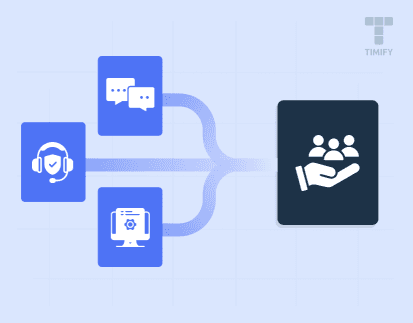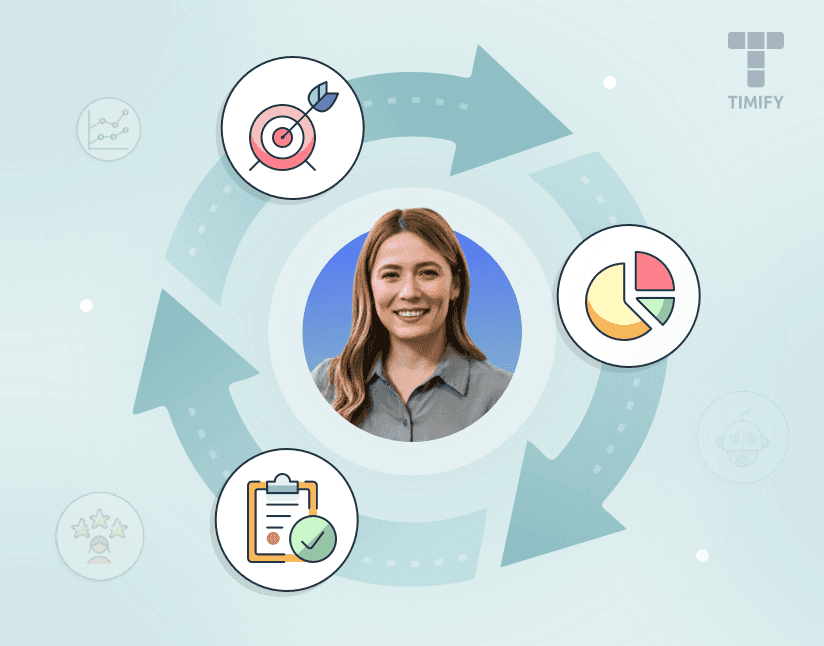

Jessica True
Jessica True is the Senior Director for Marketing Strategy and Operations at Dialpad, a modern business communications platform.
Customer experience is everything. That’s why so many modern businesses pour resources into creating better user journeys. There’s no real excuse — with AI-powered personalization, it’s easier than ever to address customer needs. Yet, despite this, too many businesses fall short.
To avoid walking into this trap, you need a strong customer experience optimization strategy. Luckily, this blog is on hand to help. We’ll explore nine optimization strategies to help you.
What is customer experience optimization?
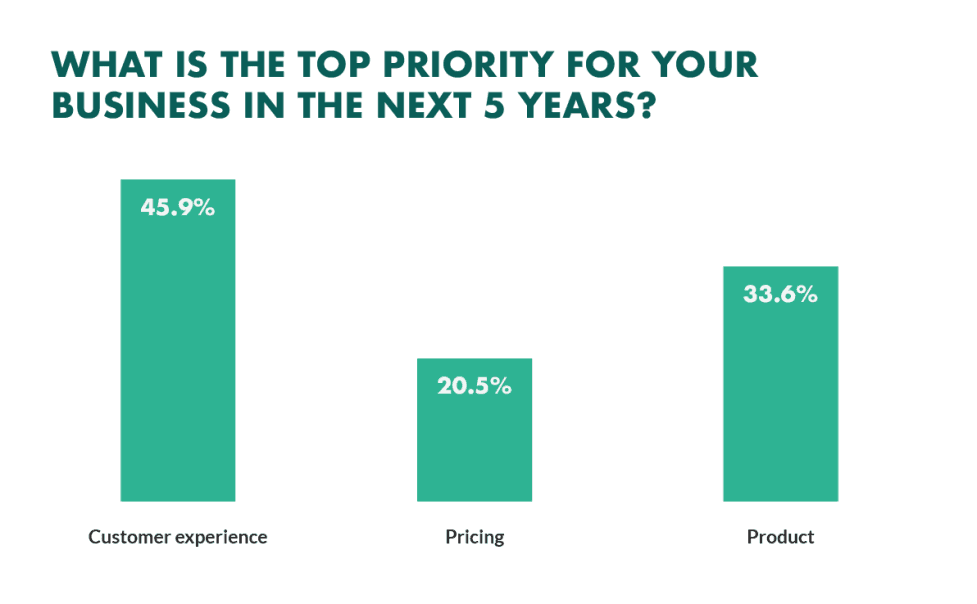
Think about the last time you interacted with a business. Let’s say you went on a website, browsed some products, and placed an order. When your item arrives, there’s an issue. You need to contact a customer service team.
These steps all form part of your customer experience. Whether good or bad, every customer that deals with your brand will have an experience.
Customer experience optimization is the process of examining all these interactions and improving them. It means making every step, from first discovering your brand to making a purchase, pleasurable for the customer.
9 customer experience optimization strategies
There’s no denying that customer experience optimization is a valuable process. Here are some strategies to help give you the best possible approach.
1. Get to know your customers
It sounds simple, but every optimization strategy should begin in the same way. Knowing your customers inside-out is essential if you’re to meet their needs. You may think you already know your customers, but you need to think beyond market research and dig deeper.
Today, there are almost limitless ways to get to know your audience. We’ve listed some examples below.
- Use analytics tools: Think about the different ways you collect data on your customers. This might include your website, customer support, marketing, and more. It doesn’t matter whether you have a data warehouse or run data collection on a smaller scale. The right analytical tools can give you insights into customer demographics, behaviors, and interests.
- Carry out surveys: Whether it's gathering customer feedback on products, website experience, or any other area, surveys can be useful tools. You can define the discussion and focus on areas of the customer experience that you’re looking to improve. Consider employing a survey tool that allows for targeted questions and insightful responses, aiding in refining your understanding of customer preferences and pain points.
- Research competitors: Your competitors will have a similar audience to you. Who do they cater to, and what strategies do they use? Remember, just because a competitor is doing something doesn’t mean it's the right strategy.
You may also wish to consider using tools like Person Search to gather basic customer information such as contact details, which can be valuable for targeted outreach and communication.
2. Create buyer personas
After careful research, you should have gathered a lot of information on your audience. You can use this to create buyer personas — an imagined profile of your average customer. These should take note of factors such as their interests, habits, and background.
Remember, you should create more than one buyer persona. By identifying the different types of customers in your audience, you’ll create more of a customer-centric approach.
In general, try to create a broad overview of your persona. This should include
- Where they live.
- Whether they are likely to be male or female.
- Their average income.
- Their native language.
- Their job title.
- Their relationship status.
- The kinds of content that they consume.
- Why they buy your products.
- Potential barriers to buying your product.
3. Map the customer journey
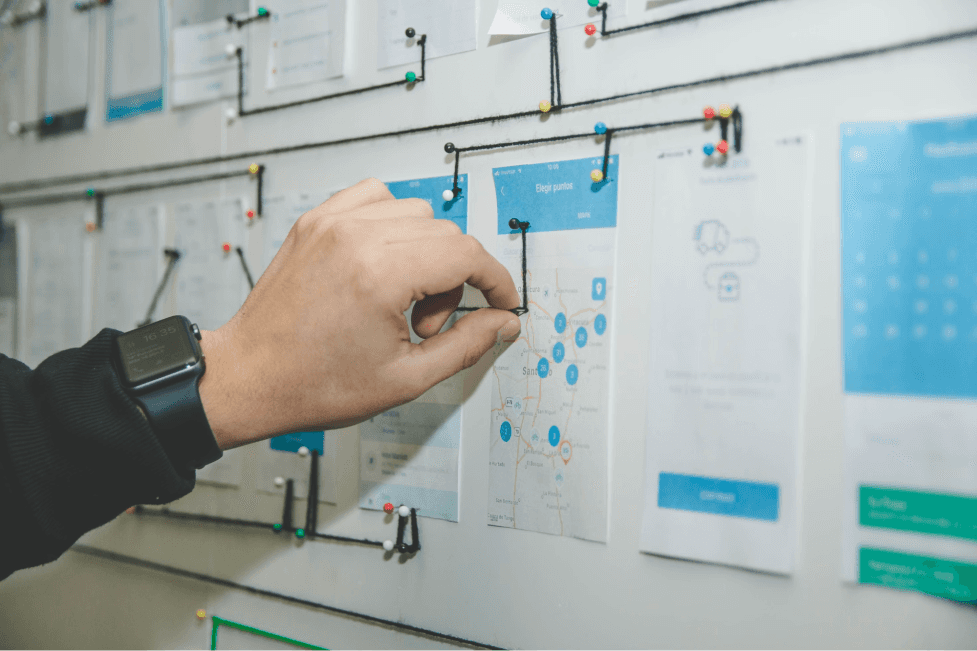
You now have a better idea of who your customers are and what makes them tick. With this
understanding, you can create a customer journey map. Remember, customer experience optimization needs to address every step of their relationship with your business. This should cover all customer touchpoints and encompass the following stages.
- Awareness: The moment a customer first hears about your business.
- Interest: They identify that you offer something that interests them.
- Consideration: They consider your offering against your competitors.
- Decision: They either buy your product or go elsewhere.
- Retention: A customer either continues to interact with your brand or forgets about you.
Bear in mind that every customer journey is slightly different. Yours might occur in a different order or skip certain stages.
As you map out the different stages, try to spot ‘pain points.’ These are areas of friction that delay or prevent a customer from continuing their journey. For instance, at the ‘decision’ stage, a customer might struggle to add a product to their basket. To avoid frustration, they could decide to buy from a competitor instead.
4. Set goals and metrics

You’ve got a deeper understanding of the challenges at hand. You know the pain points you need to correct, where you're providing strong customer experiences, and where you’re falling short. Now, it's time to build a set of customer experience optimization goals for each stage of the journey.
Remember, overly broad business goals won’t be useful to you. For example, an objective such as ‘increase product views’ is far too general. Instead, create goals that are specific and measurable; they should align with clear metrics. For example, a more specific goal might be to ‘Double the average number of products being added to the cart.’
5. Address issues
Take a look at the different pain points that you have identified. For each issue, list a potential solution. Then, put your theory into practice.
Let’s give an imaginary example. Customers are facing long queues to reach support, and many are getting frustrated and leaving. You implement customer service automation to help solve the problem. As a result, queuing is significantly reduced, and customer issues are resolved much more quickly.
6. Provide training to employees
Customer experience isn’t all online or on your website. It could include interactions in-store, with your sales team, or with customer support. Your employees are a key part of this experience — they need to know how to create happy customers.
Unfortunately, some organizations shy away from training. They view it as a time-consuming, resource-heavy exercise. This is unfortunate, as studies underline a clear need for training — 55% of workers said they need more training to perform their jobs more effectively.
Whether it's helping your employees grasp the latest CMMC security measures or assisting with lead generation, training is a tried and tested approach to getting results.
When it comes to improving customer experiences, training can have many benefits. It can help staff to interact better with customers, improve body language, active listening, and more.
Of course, there are additional ways you can support staff beyond training. Provide access to educational resources to help with customer interaction, such as example scripts for sales teams, presentations, or quizzes. Try to make resources as accessible as possible so that staff can access them from their mobile device or home if needed.
7. Always personalize
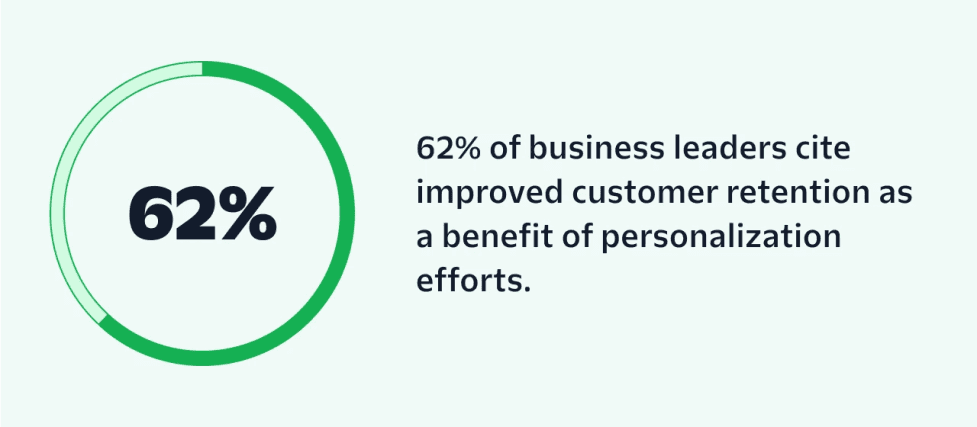
One thing that we can say for certain about the modern consumer is that they love personalized experiences. If you’re looking to boost customer retention, there are few better strategies. In fact, 62% of business leaders cite improved customer retention as a key benefit of personalization.
That’s why so many brands pour resources into personal shopping experiences. It’s no longer enough to offer a broad set of deals, products, or services. Customers want to know what you offer for them specifically. If you can’t offer this information, they’ll go elsewhere.
Personalization can be added to every stage of the customer experience. Some examples are listed below.
- Emails that address the customer by name.
- Content recommendations that are based on other posts viewed by a customer.
- Intuitive landing page designs that change based on the preferences of the user.
- Personalized product recommendations on your homepage.
- Special messages to recognize a customer’s birthday.
However, it's crucial to ensure compliance with data protection regulations and maintain transparency with customers regarding their information usage. Including a clear privacy policy outlining data collection practices can help build trust and demonstrate commitment to customer privacy.
8. Aim for omnichannel
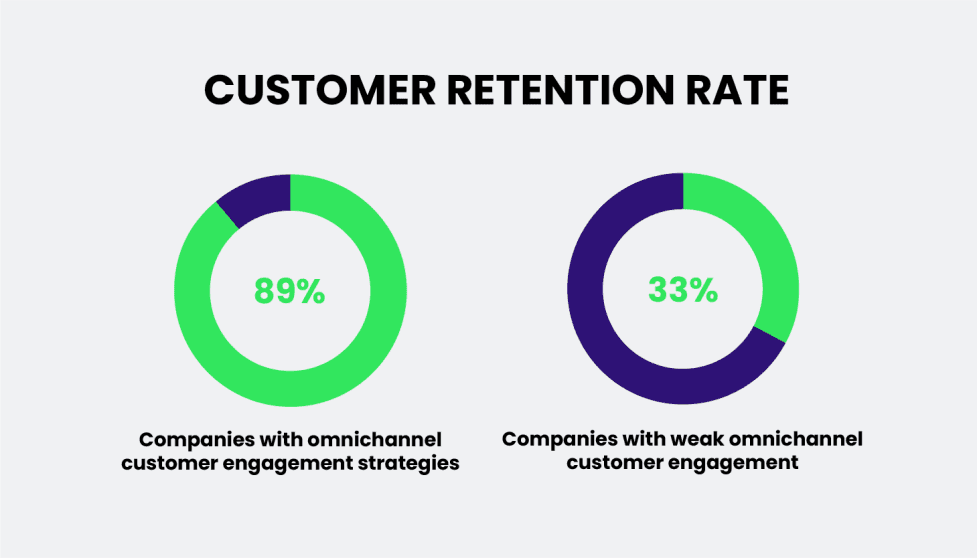
There’s a good chance you already offer a multi-channel experience. This means that your customers can interact with you on multiple platforms (e.g., your website, social media, in-store). The modern customer, though, expects you to go a step further.
Today, consumers are accustomed to brands that offer seamless experiences from one platform to another. This is known as an omnichannel experience. Let’s give an example.
A customer visits your website on their computer and learns about one of your products. Later, they log on to your app from their mobile device. From a previously visited menu, they can return to the product and make an order. A few days later, they visit your store to pick up their order. Scanning a barcode from the app, staff can easily find their product.
Every stage of the above process is linked, and a customer can easily continue their journey. Providing omnichannel experiences will require lots of investment and time. That said, there are few better methods of optimizing customer experiences.
9. Make use of technology
As mentioned, modern technology makes it easier than ever to improve customer experiences. The latest artificial intelligence customer experience software can enhance experiences in numerous ways.
Below are just some of the ways that AI can be a powerful tool.
- Chatbots: With machine learning, AI can answer complex customer queries.
- Real-time assistance: AI can send real-time insights to the customer service department, helping agents deal with customer queries more efficiently.
- Personalization: Create tailored experiences for individual customers.
Get optimizing!
There you have it — nine simple strategies for customer experience optimization. Creating the best experiences takes time, but as we’ve explored, the rewards far outweigh any effort. Start simple: reconnect with your customers. Then, set optimization goals and begin mapping the buyer journey.
With the right strategy, you can boost retention, sales, and more. So, what are you waiting for? Get optimizing!

About the author
Jessica True
Jessica True is the Senior Director for Marketing Strategy and Operations at Dialpad, a modern business communications platform that takes every kind of conversation to the next level—turning conversations into opportunities. Jessica is an expert in collaborating with multifunctional teams to execute and optimize marketing efforts, for both company and client campaigns. Jessica has also written for other domains such as Influno and Pics.io. Here is her LinkedIn.
Related articles


